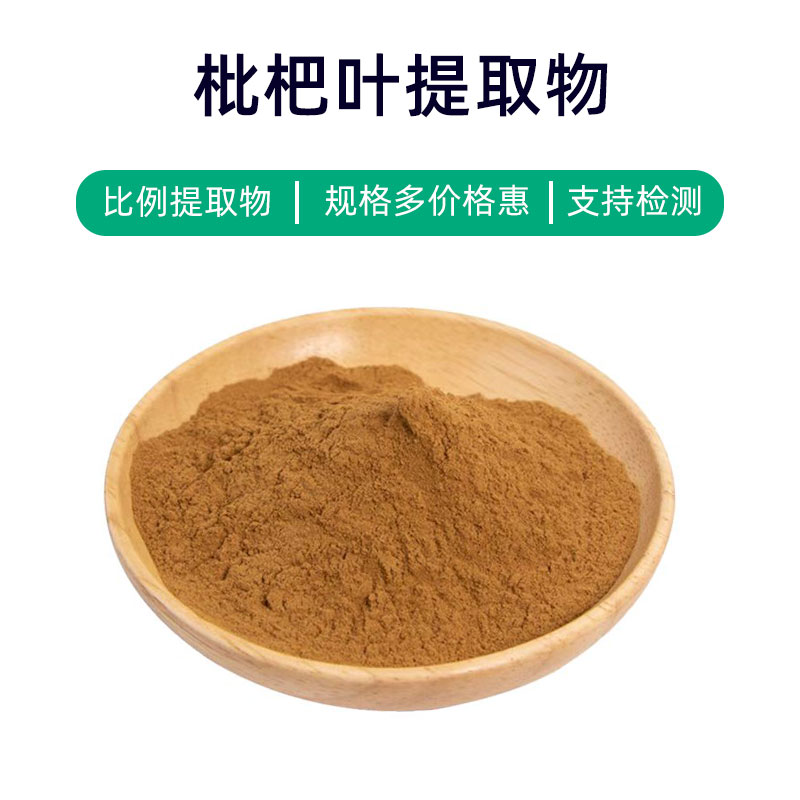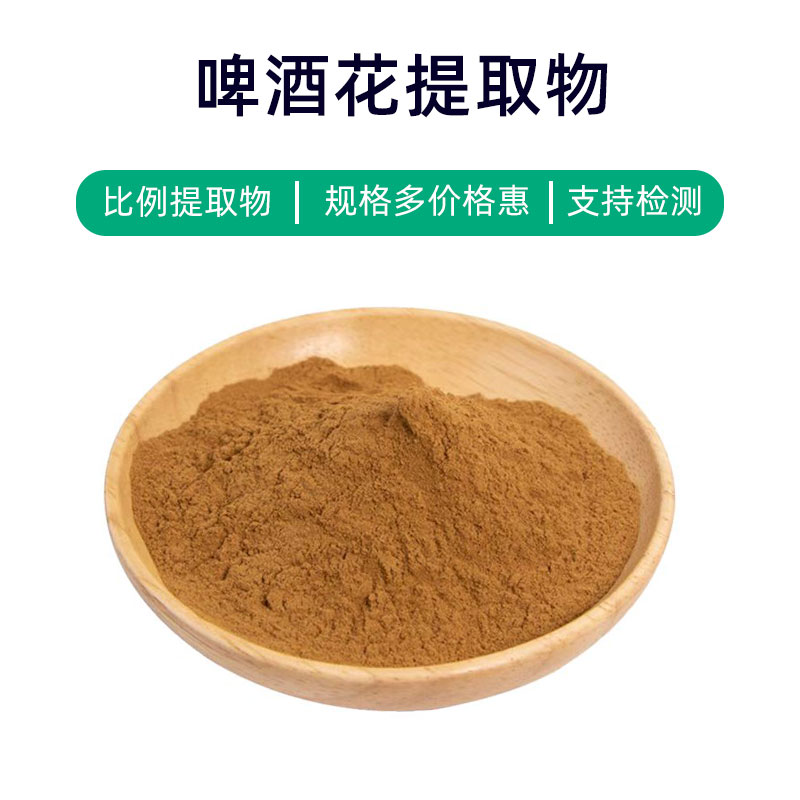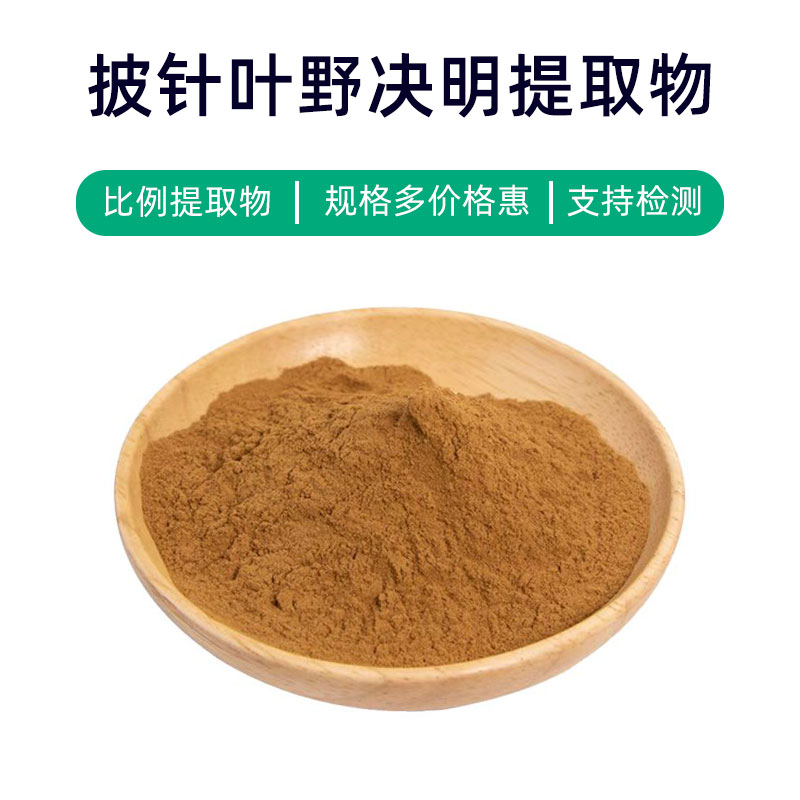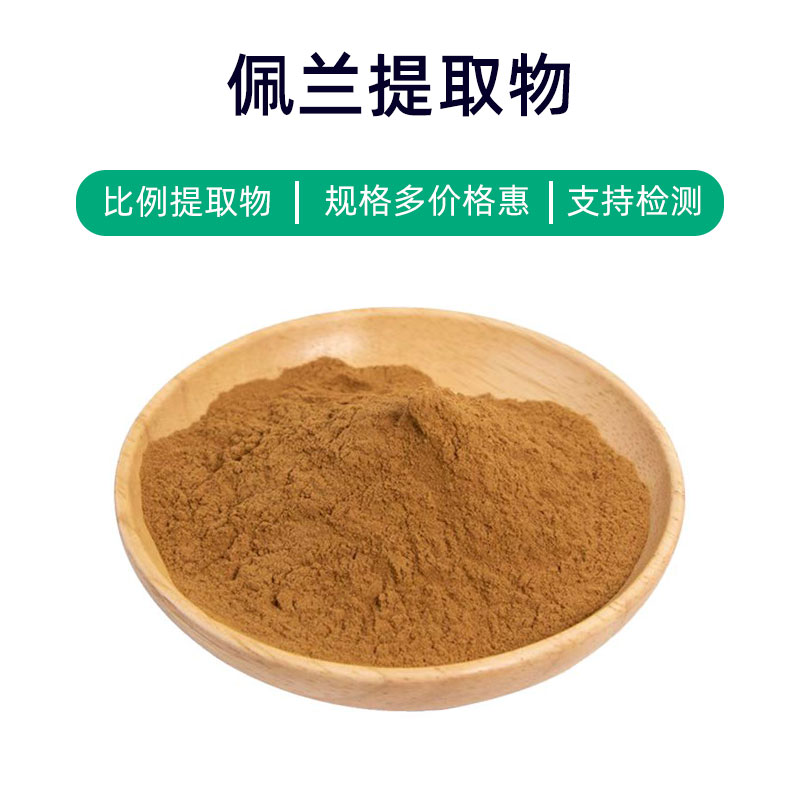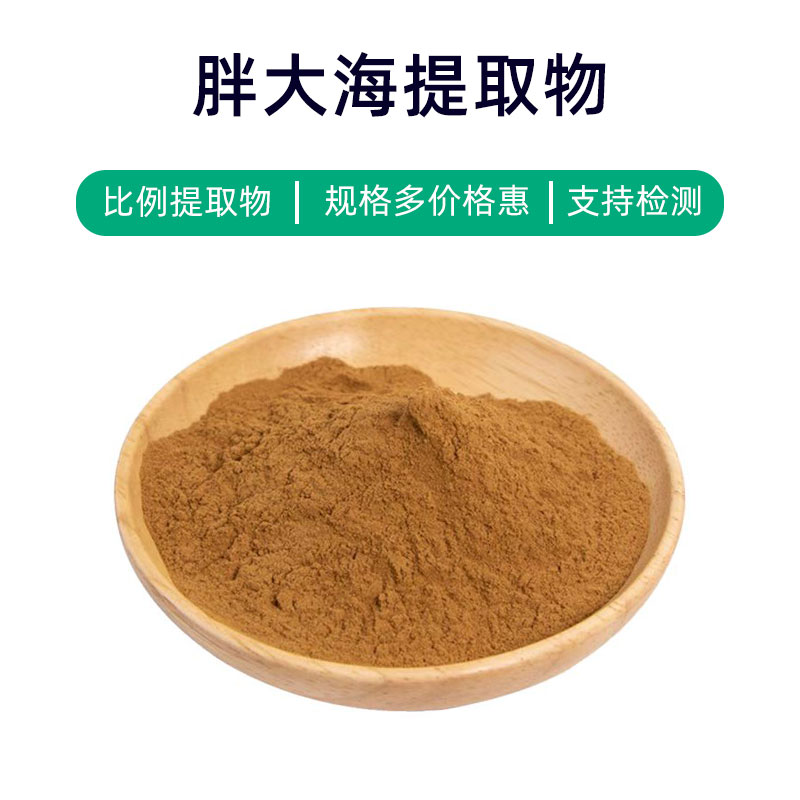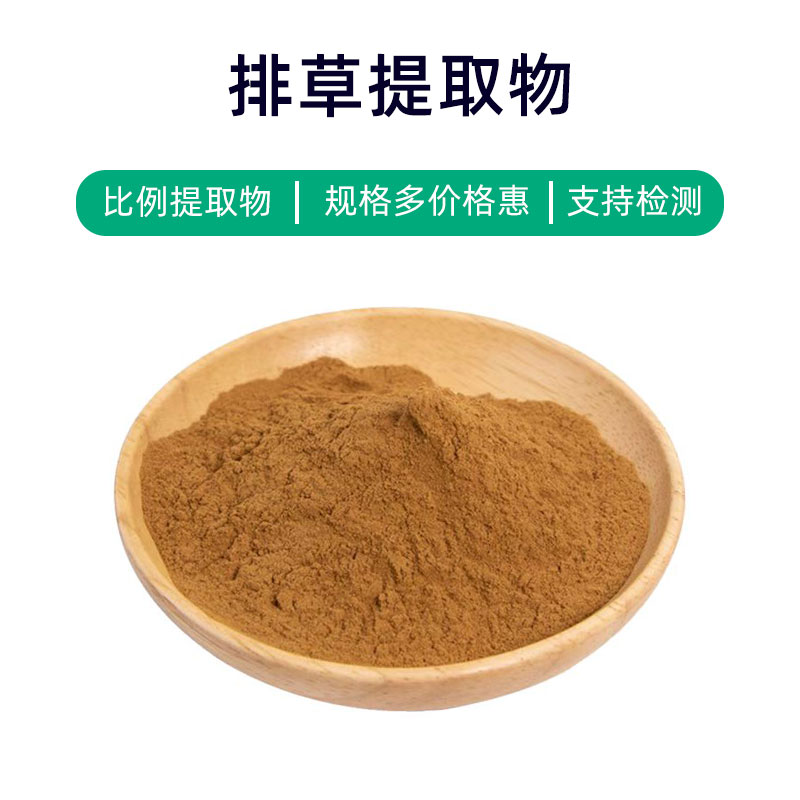Product Introduction to Magnolia Extract
Magnolia extract is a natural plant extract derived from the flowers of Magnolia officinalis, rich in active components like anthocyanins, volatile oils, and phenolic compounds. These components provide various health benefits and applications.
First, Magnolia extract is widely used in pharmaceuticals. Its sedative properties help alleviate anxiety, tension, and insomnia, contributing to improved sleep quality and emotional well-being. Additionally, it shows some anti-inflammatory effects, which can aid in the treatment of inflammatory diseases like arthritis and dermatitis.
Secondly, in the food sector, Magnolia extract serves as an additive in functional foods, helping regulate blood sugar and lipid levels, while also benefiting health. Its unique aroma and flavor make it a desirable component in seasonings, enhancing the taste of various foods.
Moreover, Magnolia extract plays a significant role in cosmetics. Its antioxidant and anti-inflammatory properties make it a common ingredient in skincare products, helping inhibit free radical generation, slow down skin aging, and maintain skin health. Its distinctive fragrance also allows it to be used as an additive in perfumes, imparting a refreshing floral scent.
Overall, as a natural plant extract, Magnolia extract has diverse benefits and applications in pharmaceuticals, food, and cosmetics. Its extensive potential makes it a valuable natural resource.
Production Process of Magnolia Extract
The production process of Magnolia extract typically involves the following steps:
- Raw Material Preparation: Fresh Magnolia flowers are collected and must be washed and dried to remove impurities and moisture.
- Crushing and Grinding: The dried flowers are crushed or ground to increase surface area, facilitating the extraction process. This is usually done using mechanical grinding or micro-pulverization.
- Extraction Process: The crushed flowers are placed in an extractor, typically using water or ethanol for extraction. Under suitable temperature and time conditions, the solvent (water or ethanol) effectively extracts the active components from the flowers.
- Concentration and Filtration: The resultant liquid is concentrated to remove much of the solvent, yielding a concentrated extract. Filtering through a mesh or other filter removes suspended solids and impurities.
- Drying and Milling: The filtered extract is then dried to eliminate residual moisture, producing a dry extract, which is typically in powder form and can be further processed as needed.
- Packaging and Storage: Finally, the dried extract is packaged according to customer requirements, commonly in plastic or aluminum foil bags. The packaged extract should be stored in a cool, dry place, avoiding sunlight and high temperatures to maintain quality and stability.
By following these steps, the production of Magnolia extract is completed, resulting in a product with consistent quality and active ingredients, suitable for broad applications in pharmaceuticals, food, and cosmetics.
Efficacy and Side Effects of Magnolia Extract
Magnolia extract, a natural plant extract, has multiple benefits and effects, primarily observed in pharmaceuticals, food, and cosmetics. Below is a detailed introduction to its efficacy and effects:
- Sedative Effects: Magnolia extract contains active components like anthocyanins that provide calming effects, helping to relieve anxiety, tension, and insomnia, thus improving sleep quality.
- Anti-inflammatory and Antioxidant Properties: The volatile oils and phenolic compounds in Magnolia extract offer certain anti-inflammatory and antioxidant effects, reducing inflammatory responses and protecting cells from free radical damage.
- Regulating Blood Sugar and Lipid Levels: Studies indicate that the active components in Magnolia extract can help manage blood sugar and lipid levels, providing supportive benefits for chronic metabolic conditions, such as diabetes and hyperlipidemia.
- Digestive Aid: Magnolia extract aids digestion, enhancing gastrointestinal motility, appetite, and absorption, helping to improve issues like poor appetite and indigestion.
- Bacteriostatic Properties: The active components have some bacteriostatic and virucidal effects, inhibiting certain pathogenic bacteria and viruses, aiding in the prevention of infections and communicable diseases.
- Skincare and Beauty: Commonly used in cosmetics, Magnolia extract has antioxidant and anti-inflammatory effects, slowing skin aging and maintaining skin health, resulting in smoother and finer skin.
While Magnolia extract has numerous benefits, several precautions need to be considered during use:
- Individual Differences: Different individuals may react differently to Magnolia extract, so it's advisable to conduct a skin sensitivity test before use and adjust based on personal conditions.
- Dosage Control: It’s crucial to control dosage to avoid adverse reactions from excessive use.
- Precautions and Contraindications: Pregnant women, nursing mothers, children, and those with specific allergies should exercise caution when using it, ideally under medical supervision.
In summary, Magnolia extract is a natural plant extract with various benefits and uses in pharmaceuticals, food, and cosmetics. However, individual variability and dosage control are important to ensure that its benefits are realized safely and effectively.
Application Scenarios and Dosage of Magnolia Extract
Magnolia extract has extensive applications in pharmaceuticals, food, and cosmetics. Below, we focus on its application scenarios and recommended dosages in these three areas:
- Pharmaceutical Applications:
- Sedative and Calming Effects: Magnolia extract is often used to create sedative and calming medications to relieve anxiety, tension, and insomnia. A common dosage is 5-10 grams taken orally daily, adjustable based on individual circumstances.
- Anti-inflammatory Treatment: It possesses notable anti-inflammatory properties, aiding in treating inflammatory diseases such as arthritis and dermatitis. The general dosage is also 5-10 grams daily, which can be taken orally or applied externally to affected areas.
- Food Applications:
- Functional Foods: Magnolia extract can be used as an additive in functional foods, commonly found in seasonings and health supplements. Recommended dosage is generally 5-10 grams daily, with adjustments based on the product formulation.
- Seasonings: Exhibiting a unique aroma and flavor, Magnolia extract is utilized in the production of seasonings, such as teas and beverages, enhancing distinct tastes. Usage should be adjusted according to product requirements.
- Cosmetic Applications:
- Skincare Products: Used as a common ingredient, Magnolia extract provides antioxidant and anti-inflammatory benefits, often featured in anti-aging and whitening products. General usage is about 0.5-2% per application, adjustable based on product formulation.
- Perfumes: Its fragrant aroma makes Magnolia extract an attractive additive in perfumes, imparting a fresh floral scent. The dosage is minimal, typically involving 1-5 drops per 100 milliliters of perfume.
It’s important to adhere to the following principles when using Magnolia extract:
- Follow relevant regulations and standards in pharmaceuticals, food, and cosmetics to ensure product safety and efficacy.
- Maintain production practices to guarantee product quality.
- Be mindful of individual variability and dosage control, avoiding excessive use that could lead to adverse effects.
In conclusion, Magnolia extract holds promise for wide-ranging applications in pharmaceuticals, food, and cosmetics, with proper usage methods and dosages allowing it to effectively support health and beauty.
Introduction to the Source Plant of Magnolia Extract, Its Distribution, and Growth Environment
Magnolia (Magnolia officinalis) is a common woody plant belonging to the Magnoliaceae family and the Magnolia genus. Below is a detailed overview of the source plant for Magnolia extract, its distribution, and growth conditions.
- Plant Overview:
Magnolia is a tree or shrub that can reach heights of up to 10 meters. It has a forked crown and grayish-white bark. The leaves are long and oval, glossy, deep green, with a distinctive fragrance. The flowers are white or pale yellow, with fleshy petals blooming in the spring, resembling roses. - Distribution:
Originating from China, Magnolia is widely distributed in central and southern regions, including provinces such as Hunan, Hubei, Sichuan, Yunnan, Guizhou, and Guangxi. Its presence is also noted in Japan, Korea, and Vietnam. - Growth Environment:
Magnolia thrives in warm and humid climates and is adaptable to various soil types but prefers loose, well-drained, acidic soils. It's commonly found in hilly areas, alongside streams, in valleys, and moist forests, typically at elevations ranging from 200 to 1500 meters. - Propagation and Growth:
Magnolia can be propagated by seed or cuttings. Seed propagation is common in natural environments, while cuttings are preferred in controlled cultivation. It is a shade-tolerant plant with low light requirements but enjoys well-ventilated conditions. - Utilization Value:
Beyond being an ornamental plant, various parts of Magnolia, including bark, leaves, and flowers, have medicinal value. The flowers are often used in traditional Chinese medicine formulations, showcasing sedative, calming, and anti-inflammatory effects. Moreover, Magnolia extract is a popular natural ingredient used across pharmaceuticals, food, and cosmetics.
In summary, Magnolia is a plant with significant medicinal and ornamental value, found extensively in central and southern China, thriving in warm, humid environments, typically in hilly areas, alongside streams, and in moist forests. Its utilization goes beyond aesthetics, with its flowers and bark frequently used in traditional medicine and plant extract production.
Processing and Storage of Magnolia Extract
The processing of Magnolia extract typically involves steps such as extraction, concentration, drying, and milling. Initially, active components are extracted from the Magnolia plant using suitable extraction methods (like water or ethanol extraction). This is followed by concentrating the extract to remove excess solvent. Subsequently, the concentrated extract is dried to eliminate moisture, producing a dry extract. Finally, the dry extract is milled to achieve the required particle size. During storage, it should be kept in a cool, dry environment, away from direct sunlight and high temperatures, and sealed to prevent moisture absorption and oxidation.
Monica Sun is a seasoned expert in the plant extraction industry with over a decade of experience in research and production. She specializes in the extraction and purification of plant active ingredients, focusing on driving innovation in natural product applications. Monica has participated in the development of multiple functional plant extracts, delivering high-value natural raw material solutions for the health food, pharmaceutical, and dietary supplement sectors.









